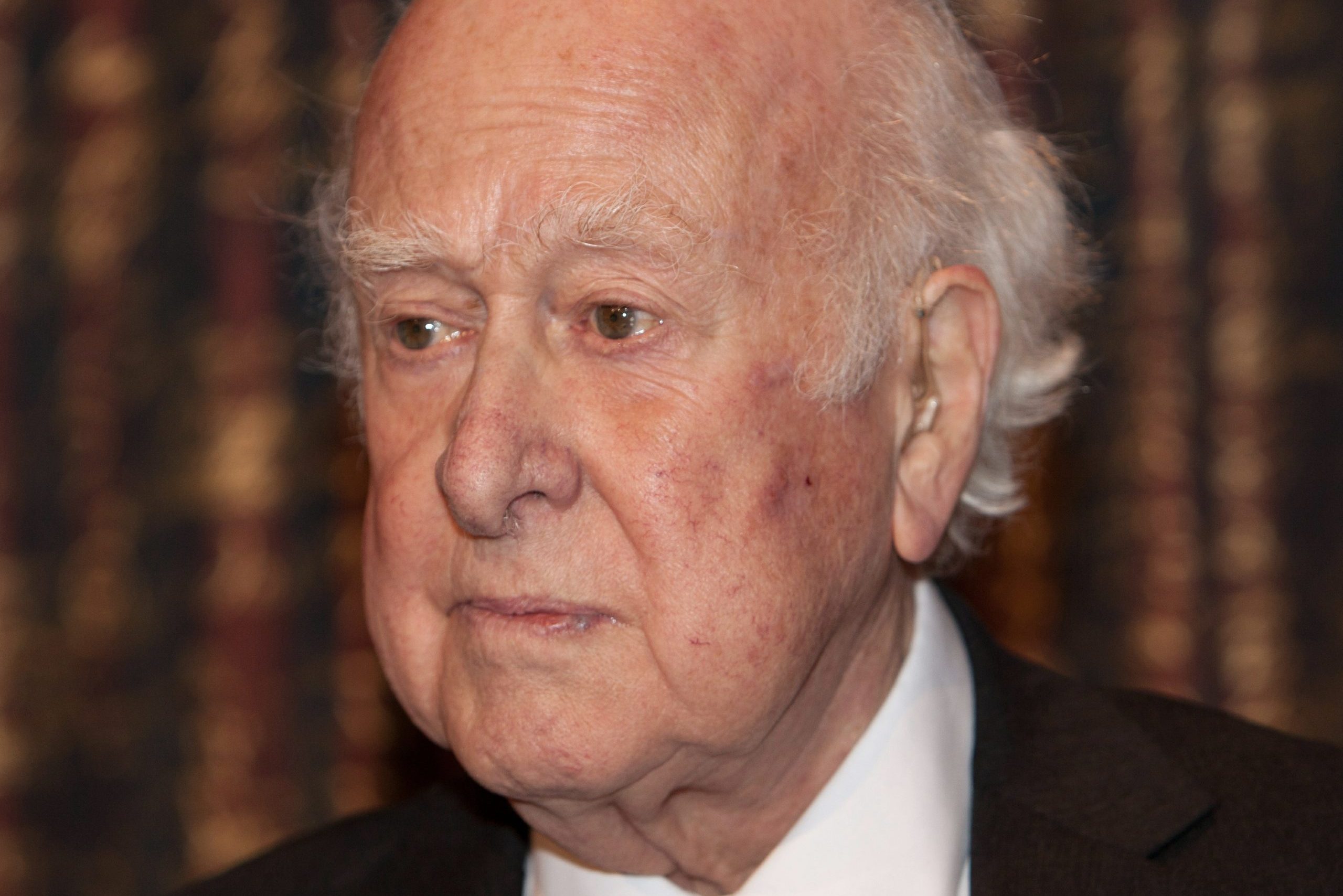Image credit: Bengt Nyman / Flickr.com
Considering the size and funding of the King’s College Science Departments, it’s no surprise that they’re fertile grounds for scientific breakthroughs, including some of the most important discoveries in the last century. However, no single scientist symbolises breakthrough scientific advances and a King’s College education more than theoretical physicist Peter Higgs. Obtaining his bachelor’s and master’s degrees and doctorate from King’s College London (KCL), Peter Higgs has been lauded with awards ranging from the famed Dirac Medal to the zenith of physics, the Nobel Prize. Born in 1929 to a sound engineer and homemaker, he had a tumultuous childhood highlighted by childhood asthma and World War 2 causing repeated relocations and a brief period of home-schooling. He ultimately grew up in Bristol with his mother, where he studied at Cotham Grammar School. At this school, he was inspired by Paul Dirac (who’s namesake medal he was later awarded), one of the founders of quantum mechanics. Finally, he shifted to the City of London School where he graduated specialising in mathematics.
In 1947, he began attending KCL where he proceeded to obtain a bachelor’s degree with first-class honours in physics. In 1952, he obtained his master’s degree as well as his PhD from KCL, researching in molecular physics under an 1851 Research Fellowship – a research scholarship for exceptional scientists. Following his PhD, he took up a variety of posts at the University of Edinburgh, Imperial College London and University College London but finally settled in Edinburgh. It was here that he initially became interested in the concept of mass as a part of quantum field theory. He theorised that particles that were massless before the universe began, gained mass in infinitesimally small spans of time upon the genesis of the universe through interactions with a field that came to be known as the Higgs field. He further proposed that this Higgs field gave mass to all subatomic elementary particles interacting with it – this field would thus give mass to subatomic particles called leptons and quarks. In 1964, he wrote and published a paper proposing the existence of a new elementary particle called the Higgs boson, a conclusion reached by 5 other physicists around the same time. However, since Peter Higgs was the only physicist that predicted the presence of a heavy boson, the main accreditation went to him. It was only as recently as 2012 that the European Organisation for Nuclear Research (CERN), under the ATLAS project (headed by current director Fabiola Gianotti) and the Compact Muon Solenoid (CMS) experiment, detected the Higgs boson in the mass region of 126 gigaelectronvolts (GeV).
In July of that year itself, the University of Edinburgh announced the formation of a new centre called the Higgs Centre for Theoretical Physics to support further research in fields of theoretical physics. The next year, Peter Higgs was named one of the recipients of the 2013 Nobel Prize in Physics, shared with François Englert. He has also been awarded the Wolf Prize in Physics, the Sakurai Prize, the aforementioned Dirac Medal and the Rutherford and Hughes, and Copley Medal. He has further been offered a knighthood (which he turned down in 1999) and membership in The Order of the Companion of Honour. Moreover, he was also awarded honorary degrees from over fifteen universities, including one from KCL itself in 2009. His laudations are also punctuated by a portrait commissioned in his name that hangs in Edinburgh. A man known for his accomplishments on the back of his sharp intellect, along with his love for nature and the outdoors, Peter Higgs is a true inspiration to every student in KCL looking to make their name in scientific research and is a testament to the brilliance of education imparted here.






0 Comments